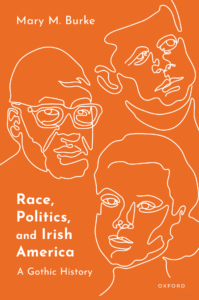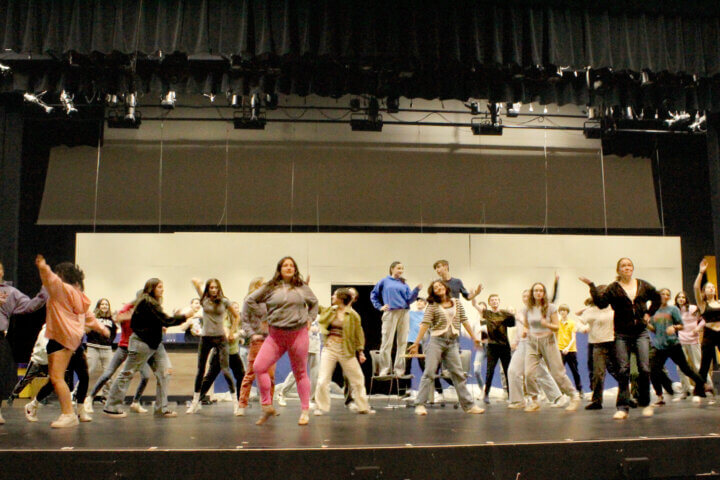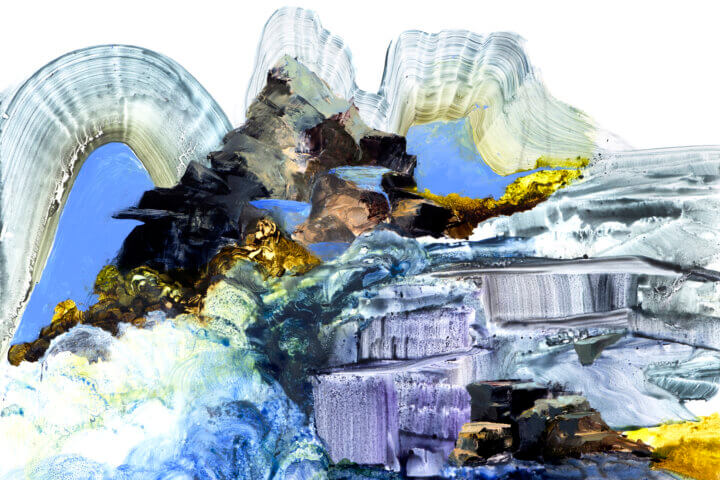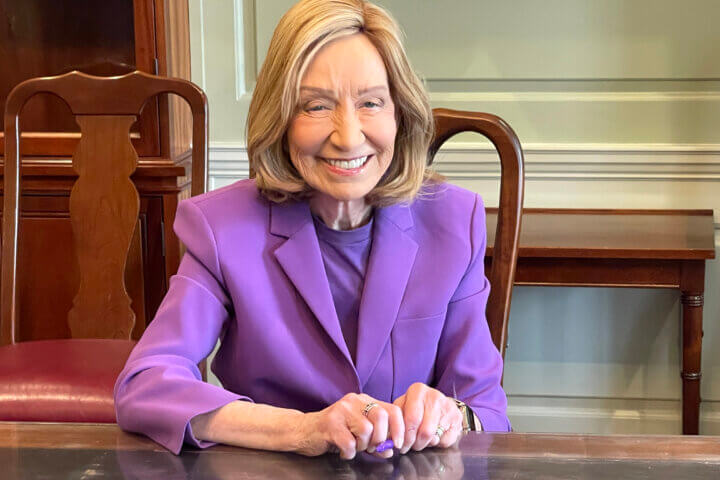By Maureen Costello
Correspondent
In 2009, Concord resident Mary M. Burke began noticing more students of color signing up for the Irish literature courses she teaches at the University of Connecticut. A glimpse at the political landscape offered an explanation.
As Barack Obama made history as the first Black president of the United States, press accounts uncovered his other ethnicity. The 44th president is part Irish American – an ancestry inherited from his mother, the late Stanley Ann Dunham.
“The Obama administration changed everything,” said Burke, while discussing her new book Race, Politics and Irish America: A Gothic History, published by Oxford University Press.
“Suddenly, I had many more students of color, and they were more likely to discuss their Irish ancestry in class. I suppose there was now a model for their complicated identity,” she said.
The gradual diversifying of students in Burke’s classes paralleled a long-held passion of hers. “My interests are in British and Irish identities and how they persist and alter in the Americas,” she said. “The biggest thing that alters them is race.”
Burke, a native of Galway, Ireland, and alum of Trinity College in Dublin, directs UConn’s Irish Literature Concentration. She has contributed work on Irish culture to national and international venues, such as the Irish Times and NPR.
She began working on the book in 2016 by collating concerns with Ireland in the lives and works of numerous black and white, straight and gay, male and female Irish Americans of varied denomination, from Grace Kelly, Eugene O’Neill, Maureen O’Hara, and John Wayne to writers Henry James, F. Scott Fitzgerald, Edgar Allan Poe, and US presidents Andrew Jackson, Joe Biden, John. F. Kennedy, and of course, Obama.
“Because it took that long, it enriched it,” Burke said. “A book like this takes years to write.”
Race, Politics and Irish America examines the cultural and racial legacies of three waves of the Irish in the Americas, all of whom were both colluders in and victims of oppression in America.
The first, “Redlegs,” whose name derived from their tendency to sunburn, were transported or indentured men who worked Caribbean cash crop plantations in the seventeenth centuries. Pop singer Rihanna, née Robyn Rihanna Fenty, is partly of this descent. Burke’s book argues that O’Neill’s sea plays suggest an awareness of the history of the Irish on Caribbean plantations and their relationship with Africans in that context.
The second cohort, who began leaving Ireland in the eighteenth century, were settlers of Scottish Presbyterian origin granted confiscated native Irish land in Ulster (Ireland’s northern province) by the British authorities. They became known as the “Scots-Irish” in frontier America. Burke argues that they were a bulwark between native and European power on both sides of the Atlantic. Jackson, whose infamous role in the routing of Native Americans is central to Burke’s discussion, was of this origin and was the first of many presidents of Scots-Irish ancestry.
The poor Catholic Irish who emigrated from Ireland’s less developed western seaboard in the wake of the 1845 famine settled in large numbers along the Eastern U.S. seaboard. Both Kelly and Kennedy, whom Burke discusses as central to the final assimilation of the post-Famine Irish, are of this descent.
“There have been a lot of Irish identities [in the Americas] since the 17th Century,” said Burke, “but there has been an overemphasis on white Irish men” in accounts of Irish America. Her interest was in “who falls outside” the commonplace definition of that identity: “Straight, white, and Catholic men are not the only voice that represents the Irish in America,” she notes.
For instance, Burke compares and contrasts novels about Irish planters in the South by Irish-American writers Margaret Mitchell, famous for the controversial Gone with the Wind (1936), and The Foxes of Harrow (1946), the breakout bestseller of Frank Yerby, a Black writer of Scots-Irish descent. Both writers were Georgia natives, but their differing racial identities led to contrasting portrayals of enslavement in the novels concerned. Yerby’s novel, a direct response to Mitchell’s blockbuster, gave dignity and prominence to the characters of color.
“This blew my mind,” Burke said of Yerby’s work, in which the Irish planter’s family eventually intermarries with the descendants of those they had once enslaved. “It is fascinating because of his Scots-Irish ancestry. The Black and mixed-race characters take over the novel’s voice and action. That would be impossible in Mitchell’s book.”
“LOVE” LIVING IN CONCORD
Burke commutes from Concord to UConn because the route is quiet, and she and her family get to live among Concord’s literary and cultural riches.
“We just love living in Concord,” she said, stressing the assistance she received from the Fowler Library when finishing the book during the pandemic.
Published in March, Race, Politics and Irish America is already in its second print run, of which Burke is especially proud.
Race, Politics and Irish America: A Gothic History is available at the Concord Bookstore, Silver Unicorn in West Acton and all Concord libraries. It is also available at discount with the code AAFLYG at global.oup.com/academic/.





